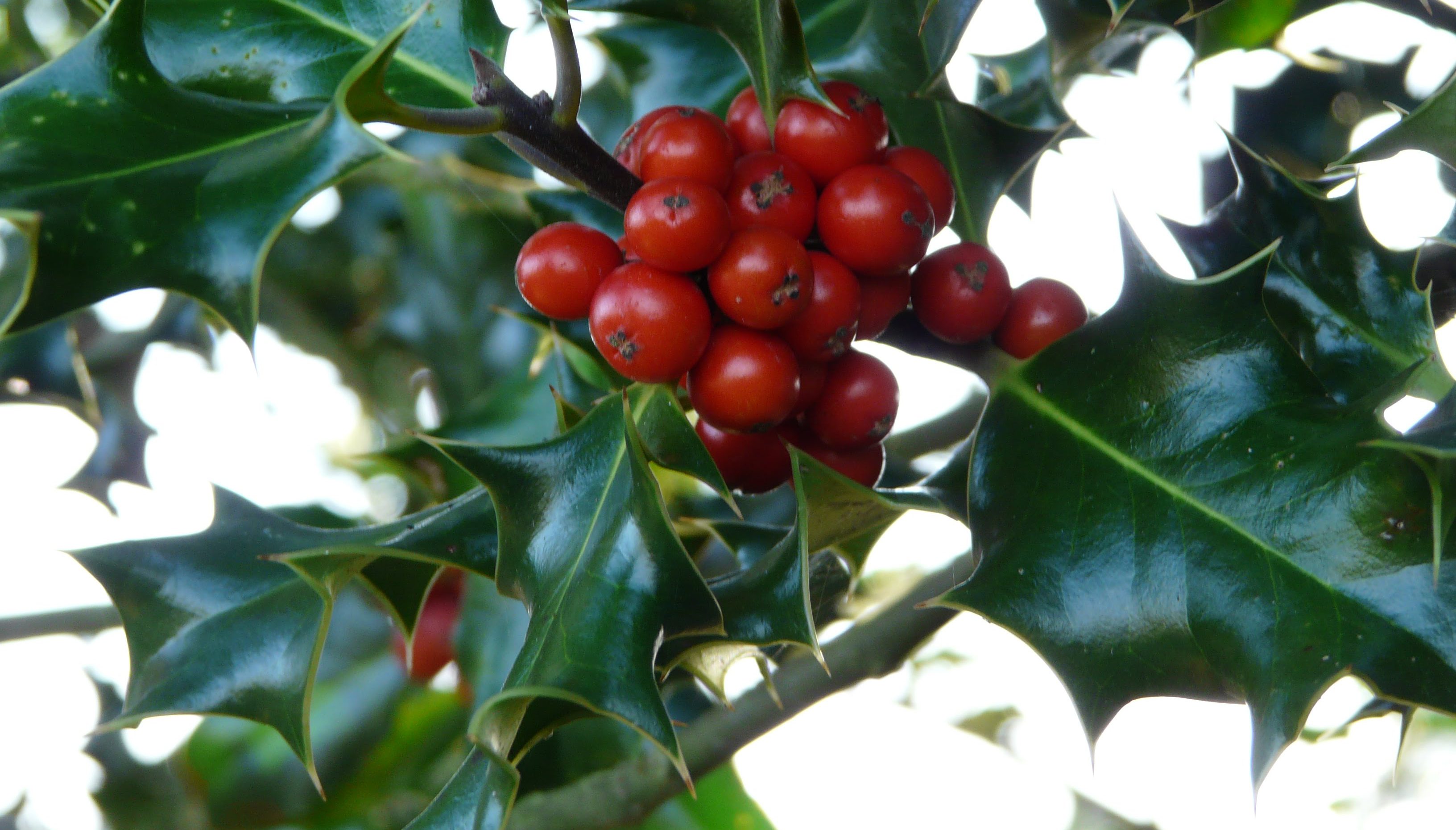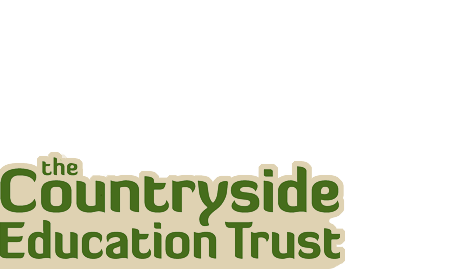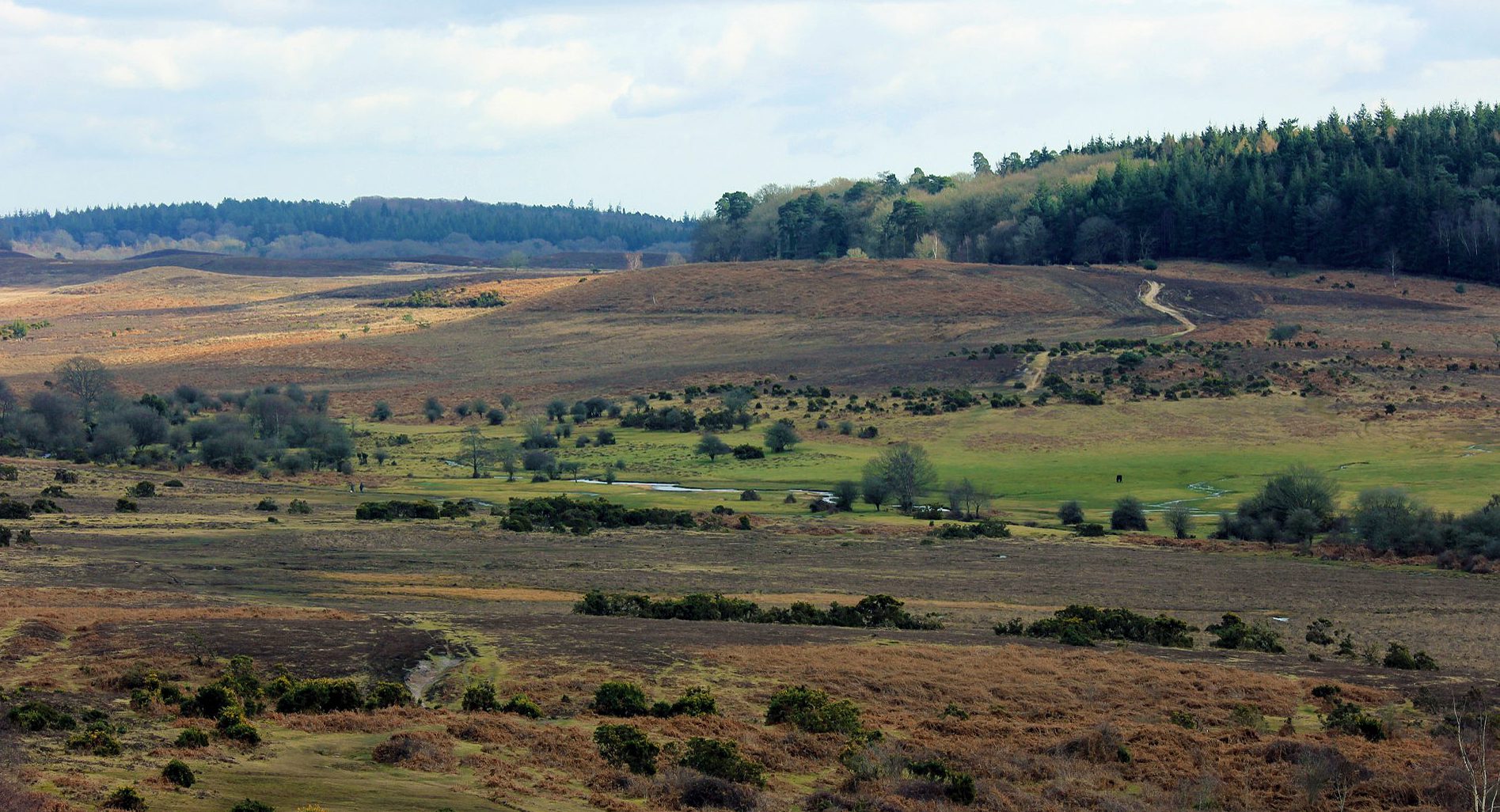 For SalePop up Shop – ChristmasThursday 5th December 2019Learn More
For SalePop up Shop – ChristmasThursday 5th December 2019Learn More
Uh Oh! You're using an old web browser
Please upgrade to a modern web browser to view this website.
Description
Wednesday 28th December 2022
With pannage well underway, I was beginning to realise the complex – and utterly important – nature of communication that entangles humans, earth, climate, and animals, creating a symbiotic, multispecies community.
Here at the Countryside Education Trust, the staff had consolidated a routine that consisted of going out in the van to check on the pigs daily. Although not essential, this was the first year these pigs had been turned out and we were interested to find out where they would go. If spotted, we would immediately notify the rest of the team of their whereabouts to ensure we were all on the same page.
However, spotting the pigs was not always a matter of merely seeing them. Most of the time, it was via complex lines of communication: checking for disturbed areas of earth around oak trees, stopping dogwalkers and cyclists to ask if they had noticed any pig activity, or looking for hoof prints in the delicate grass. The process of pig-spotting is not always an active pursuit on our end either. Often, we will receive text messages from attentive community members, or even photos from a friend’s son’s partner’s parent who happened to come across the sneaky swines in their garden!
Checking on the pigs is an exciting prospect and, at times, a frustrating one because, when you are dealing with two adventurous young pigs and thousands of acres of open forest, the reality is that there are bound to be days when their presence remains a mystery.
This was exactly the case when our two curious foragers had eventually tired of their adventures around Rans Wood and decided that it was time to evade the eye of their owners and protectors and traverse unknown territory.
After a few days off the radar, we spotted the pigs on a road in East Boldre. As intelligent as these dear creatures are, cars and other road vehicles are a major threat to New Forest livestock. Unlike the New Forest ponies and donkeys, pigs aren’t able to wear a reflective collar which makes them even more vulnerable to car accidents, particularly at night (which is one of the reasons it is so important to abide by the speed limits!). So, finding our pigs dandily waltzing down a road, more than a mile and a half from where we’d last seen them, was concerning, to say the least.
As we hopped out of the van, they recognised us and happily trotted over, oblivious to our concern (or perhaps feigning ignorance). However, we were faced with a slight dilemma of what to do next. We could a) let the pigs be and sincerely hope they would stay out of harm’s way on their roadside journey, or b) try to lead them back to the safety of Ran’s Wood. While the pigs oinked about our feet and nibbled at our shoes, we weighed up the pros and cons.
After much deliberation, we decided on option B.
The plan? I was to walk along the grassy verge by East Boldre’s Main Road while ringing the bell. For this to work, I would need to navigate the complexities of our funny pig-human bond to gain their full cooperation for the entirety of the journey.
It seemed we were off to a good start with the pigs trailing at my heel like two incredibly loyal dogs. I can’t imagine what people must have thought when they glanced out their front window and saw me bobbing on past followed by two peppy pigs. Or maybe they didn’t see us at all because, about halfway down the Main Road, the pigs decided they would rather be provoking the ponies and snuffling about the brambles than returning to Ran’s Wood.
Sometimes communication is muddied, and difference prevails, but still, we wallow our way through and continue to learn.
Because, in times of desperation, such as when we received a call that two pigs, thought to be ours, were up at the main road at Applemore, we were faced with the bitter reality that these pigs were likely to end up as roadkill. But it is with the help of people like Robert, the agister, who worked tirelessly in the unforgiving rain looking for them, that the socio-ecological tapestry of the New Forest is woven, and multispecies relations can flourish.
As it turns out, the pigs located at Applemore did not belong to us but were thankfully found in a healthy and safe condition. Rather, our pannage pals were working their way through the acorns of East End, striding side-by-side and weaving a forest thread along the way.
Nicole






